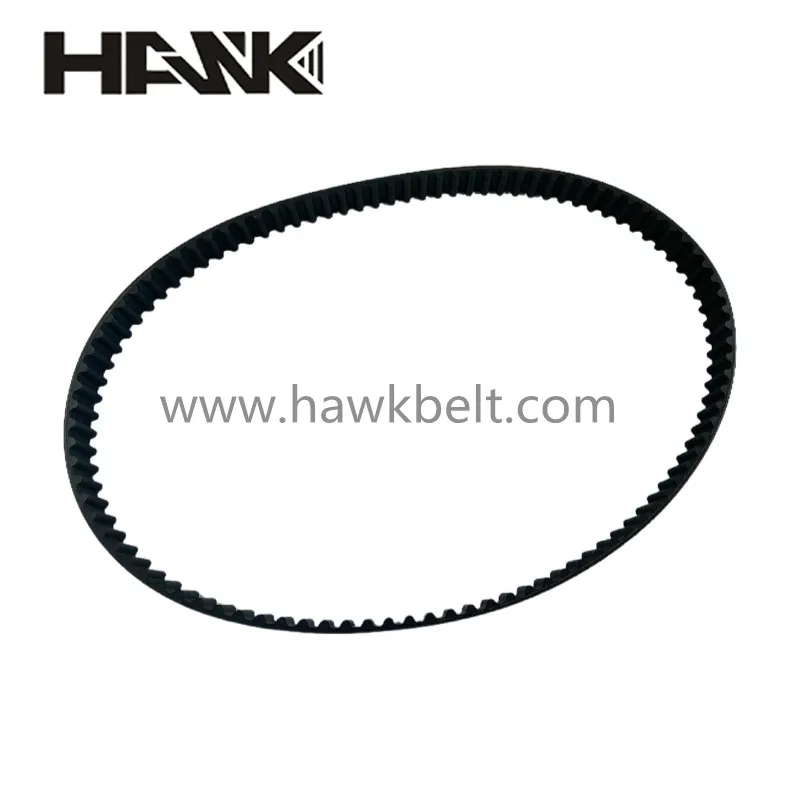- Arabic
- French
- Russian
- Spanish
- Portuguese
- Turkish
- Armenian
- English
- Albanian
- Amharic
- Azerbaijani
- Basque
- Belarusian
- Bengali
- Bosnian
- Bulgarian
- Catalan
- Cebuano
- Corsican
- Croatian
- Czech
- Danish
- Dutch
- Afrikaans
- Esperanto
- Estonian
- Finnish
- Frisian
- Galician
- Georgian
- German
- Greek
- Gujarati
- Haitian Creole
- hausa
- hawaiian
- Hebrew
- Hindi
- Miao
- Hungarian
- Icelandic
- igbo
- Indonesian
- irish
- Italian
- Japanese
- Javanese
- Kannada
- kazakh
- Khmer
- Rwandese
- Korean
- Kurdish
- Kyrgyz
- Lao
- Latin
- Latvian
- Lithuanian
- Luxembourgish
- Macedonian
- Malgashi
- Malay
- Malayalam
- Maltese
- Maori
- Marathi
- Mongolian
- Myanmar
- Nepali
- Norwegian
- Norwegian
- Occitan
- Pashto
- Persian
- Polish
- Punjabi
- Romanian
- Samoan
- Scottish Gaelic
- Serbian
- Sesotho
- Shona
- Sindhi
- Sinhala
- Slovak
- Slovenian
- Somali
- Sundanese
- Swahili
- Swedish
- Tagalog
- Tajik
- Tamil
- Tatar
- Telugu
- Thai
- Turkmen
- Ukrainian
- Urdu
- Uighur
- Uzbek
- Vietnamese
- Welsh
- Bantu
- Yiddish
- Yoruba
- Zulu
12월 . 05, 2024 15:12 Back to list
Understanding the 6PK Belt Industry and Its Applications
The Evolution and Significance of the PK Belt Industry
The PK belt industry, notably characterized by the development and production of PK belts, is an essential sector within the broader mechanical and automotive fields. These belts play a crucial role in the functioning of various machinery, especially in automotive applications where they are employed to connect and drive essential components of the engine. In this article, we delve into the significance, evolution, and future prospects of the PK belt industry.
Understanding PK Belts
PK belts are flat belts primarily used in automotive applications, characterized by their unique design—typically composed of high-strength rubber and featuring a specific cross-section. The PK designation indicates the belt's profile, which allows it to effectively transmit power from the engine to the engine accessories, such as the alternator, water pump, and air conditioning compressor. The engineering of these belts ensures optimal performance, durability, and resistance to wear, which are critical factors for vehicles operating in diverse conditions.
Historical Context
The history of PK belts can be traced back to the industrial revolution when the demand for more efficient power transmission methods surged. Initial models of flat belts were rudimentary, lacking the strength and durability that modern PK belts possess. However, as technology advanced, manufacturers began experimenting with different materials and designs, leading to the development of the tapered profile we recognize today. The introduction of synthetic materials in the 20th century marked a significant turning point, as these new compounds offered enhanced flexibility and resistance to heat, oil, and abrasion.
The Growth of the PK Belt Industry
In recent decades, the PK belt industry has witnessed significant growth, largely driven by the burgeoning automotive sector. The increasing production of vehicles, particularly in emerging markets, has propelled the demand for reliable components such as PK belts. Additionally, the automotive industry’s focus on improving fuel efficiency and reducing emissions has led to advancements in engine design, which, in turn, has influenced the specifications for PK belts. Manufacturers are committed to innovation, adapting their production processes and materials to meet the evolving needs of the industry.
pk belt 6pk\/pk belt industry

Furthermore, the rise of electric vehicles (EVs) poses both challenges and opportunities for the PK belt market. While EVs may not require traditional belts in the same way internal combustion engines do, there remains a need for belts in auxiliary systems. This ongoing transition provides a fertile ground for growth, as manufacturers innovate to cater to new types of vehicles and their associated components.
Key Players and Competitive Landscape
Several key players dominate the PK belt industry, ranging from large automotive suppliers to specialized manufacturers. Companies are increasingly investing in research and development to enhance product quality and introduce new technologies. Competition is fierce, driving innovation and pushing manufacturers to improve production efficiency while maintaining standards of sustainability and environmental responsibility.
Future Trends
Looking ahead, the future of the PK belt industry appears promising. The ongoing evolution of automotive technology, including advancements in hybrid and electric vehicle production, will likely influence the materials used in PK belts. There is a growing emphasis on sustainability, prompting manufacturers to explore eco-friendly materials and production practices.
In addition, the implementation of smart technologies in automotive components may find their way into the PK belt sector. This could lead to the development of smart belts capable of providing feedback on performance and wear, thereby enhancing maintenance practices and extending the lifespan of both the belts and the vehicles they power.
Conclusion
In summary, the PK belt industry is a vital component of the broader automotive landscape, with deep historical roots and a promising future. As the industry evolves in response to changing technological demands and environmental considerations, manufacturers are poised to play a key role in shaping the next generation of power transmission solutions. With innovation at the forefront, the PK belt industry can anticipate not only growth but also the opportunity to contribute to a more sustainable future in transportation.
-
Korean Auto Parts Timing Belt 24312-37500 For Hyundai/Kia
NewsMar.07,2025
-
7PK2300 90916-T2024 RIBBED BELT POLY V BELT PK BELT
NewsMar.07,2025
-
Chinese Auto Belt Factory 310-2M-22 For BMW/Mercedes-Benz
NewsMar.07,2025
-
Chinese Auto Belt Factory 310-2M-22 For BMW/Mercedes-Benz
NewsMar.07,2025
-
90916-02660 PK Belt 6PK1680 For Toyota
NewsMar.07,2025
-
drive belt serpentine belt
NewsMar.07,2025

